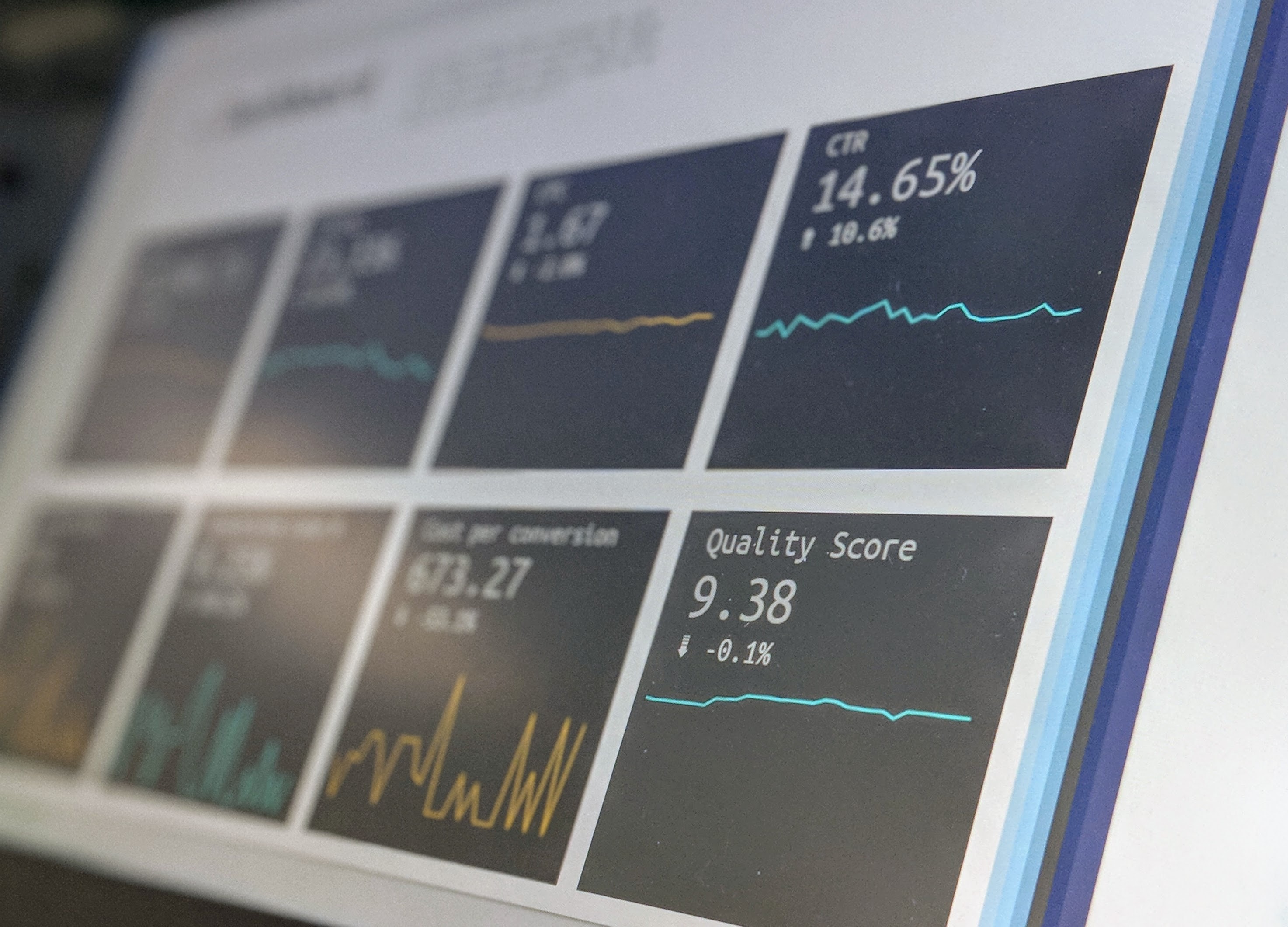Introduction
Big data is revolutionizing the healthcare industry and changing how we think about patient care. In this case, big data refers to the vast amounts of data generated by healthcare systems and patients, including electronic health records, claims data, and patient-generated data. With the ability to collect, manage, and analyze vast amounts of data, healthcare organizations can now identify patterns, trends, and insights that can inform decision-making and improve patient outcomes. Big data transform healthcare delivery from predicting disease outbreaks to informing personalized medicine.

However, it’s not all good news, big data also poses challenges and limitations that must be addressed. Such challenges and limitations include managing and analyzing vast amounts of data, and ethical considerations, such as patient privacy. This article will delve into the impact of big data on healthcare decision-making and explore how it can be used to improve patient care while also discussing the challenges and limitations of big data in healthcare and how to overcome them.
Learning Objectives
In this article, you will learn:
- The technical details of big data in healthcare.
- The use cases and applications of big data in healthcare.
- The challenges and limitations of big data in health care.
- The solutions to the challenges and limitations of big data in health care.
Table of Content
- Data Collection and Management
- The Importance of Data Analytics and Insights
- How Are Companies in Health Sector Using Big Data?
- Impacts of Big Data on Patient Care
- Challenges and Limitations of Big Data in Healthcare
- Conclusion
Data Collection and Management
Data collection and management are crucial aspects of using big data in healthcare decision-making. The types of data collected in healthcare include electronic health records (EHRs), claims data, and patient-generated data.
EHRs contain a wide range of patient information, such as medical history, medications, and lab results, which can be used to identify patterns and trends in patient care. On the other hand, claims data includes information about insurance claims, such as the cost of treatments, and can be used to identify patterns in healthcare spending. Patient-generated data, including data from wearables, surveys, and patient-reported outcomes, can provide valuable insights into patients’ experiences and preferences.

However, collecting and managing all this data can be challenging. For instance, data may be stored in different systems, which makes it difficult to integrate and analyze. Data may also be incomplete or inaccurate, leading to inaccurate conclusions. Privacy and security concerns are also significant challenges, as healthcare organizations must protect patient data from unauthorized access.
To overcome these challenges, healthcare organizations must have robust data management and security systems in place. This includes investing in data integration and warehousing tools to enable data to be easily integrated and analyzed. Also, organizations must have strict data governance policies in place to ensure data quality and integrity. In addition, data management and consulting can also help overcome these challenges, ensuring that the data is collected and processed in a way that complies with regulations and is reliable and accurate.
The Importance of Data Analysis and Insights
Data analysis and insights are essential for understanding the impact of big data on healthcare decision-making. Various tools and techniques are used for data analysis in healthcare, including statistical analysis, machine learning, and natural language processing. These tools enable healthcare organizations to identify patterns, trends, and insights that can inform decision-making.
For example, data analysis can be used to identify high-risk patients, predict disease outbreaks, and improve the effectiveness of treatments. Predictive analytics can be used to identify patients at risk of developing chronic conditions, such as diabetes, and target interventions to prevent or delay the onset of the disease. Data analysis can also identify patterns in healthcare spending, such as areas where costs can be reduced without compromising patient care.

In addition to these examples, data analysis can also inform personalized medicine, tailoring treatment plans to the specific needs of individual patients. For example, machine learning algorithms can be used to analyze patient data and identify patterns that can inform treatment decisions. This can enable healthcare organizations to deliver more effective and efficient care, improving patient outcomes and reducing costs.
In essence, these tools enable healthcare organizations to identify patterns, trends, and insights that can inform decision-making, such as identifying high-risk patients, predicting disease outbreaks, improving the effectiveness of treatments, and informing personalized medicine.
How Are Companies in Health Sector Using Big Data?
With the vast amounts of data generated by healthcare providers, patients, and research studies, companies in the healthcare sector can now analyze and gain insights in previously impossible ways. Here are some of the specific applications of big data in healthcare and how companies are using big data to improve patient outcomes and advance the healthcare industry:
- Predictive Analytics for Patient Outcomes: One of the most significant applications of big data in healthcare is using predictive analytics to improve patient outcomes. By analyzing large amounts of patient data, healthcare providers can identify patterns and trends to help predict which patients are at the highest risk of complications or readmission. This information can then be used to develop targeted interventions and interventions that can help improve patient outcomes.
- Population Health Management: Big data is also being used to understand better and manage population health. By analyzing data on large groups of individuals, healthcare providers can identify patterns and trends that can help predict which individuals are at the highest risk of certain diseases or health conditions. This information can then be used to develop targeted interventions that can help improve population health.
- Personalized Medicine: Another application of big data in healthcare is the use of personalized medicine. By analyzing large amounts of patient data, healthcare providers can identify patterns and trends that can help predict which treatments are most effective for certain individuals. This information can then be used to develop targeted treatments and interventions that can help improve patient outcomes.
- Clinical Trial Optimization: Pharmaceutical companies also use big data to optimize their clinical trials. By analyzing previous trials and patient data, companies can identify patterns and trends to help predict which patients are most likely to respond to certain treatments. This information can then be used to develop targeted interventions, and interventions can help improve patient outcomes.
- Medicare Fraud Detection: Another application of big data in healthcare is using medicare fraud detection. By analyzing large amounts of claims data, healthcare providers can identify patterns and trends to help predict which claims are most likely to be fraudulent. This information can then be used to develop targeted interventions to help prevent fraud.
These are just a few examples of how healthcare companies use big data to improve patient outcomes and optimize clinical trials. As the healthcare sector generates more data and technology advances, we can expect to see even more applications of big data in healthcare in the future.
Impact of Big Data on Patient Care
The impact of big data on patient care is significant, as it enables healthcare organizations to deliver more effective and efficient care. By leveraging big data, healthcare organizations can improve patient outcomes and reduce costs.
Big data can be used to improve patient outcomes by identifying high-risk patients, predicting disease outbreaks, managing hospital performance, and improving the effectiveness of treatments. For example, data analysis can be used to identify patients at risk of developing chronic conditions, such as diabetes, and target interventions to prevent or delay the onset of the disease. Additionally, big data can be used to monitor patients remotely, enabling healthcare organizations to intervene early when patients’ health deteriorates.

Big data can also inform personalized medicine, tailoring treatment plans to the specific needs of individual patients. For example, machine learning algorithms can be used to analyze patient data and identify patterns that can inform treatment decisions. This can enable healthcare organizations to deliver more effective and efficient care, improving patient outcomes and reducing costs.
Moreso, big data can be used to improve population health by identifying patterns and trends in population health data, such as identifying areas with high rates of certain diseases. This can inform public health interventions, such as targeted vaccination campaigns, to improve the health of entire communities.
Challenges and Limitations of Big Data in Healthcare
Despite its potential benefits, big data in healthcare also poses challenges and limitations that must be addressed. One of the main challenges is the ethical considerations surrounding using big data in healthcare. For example, protecting patient privacy is a major concern, as healthcare organizations must ensure that patient data is not shared or used without the patient’s consent. Additionally, there is a risk of bias in the data, which can lead to inaccurate conclusions and unfair treatment of certain groups of patients.

Big data in healthcare also faces technical limitations. For example, analyzing vast amounts of data can be complex and time-consuming, and healthcare organizations may not have the necessary infrastructure or expertise. In addition, big data may be used to justify decisions that do not serve patients’ best interests, such as cutting costs at the expense of patient care.
To address these challenges, it is essential for healthcare organizations to have robust data governance policies in place to ensure that data is used ethically and that patient privacy is protected. Also, they must invest in the necessary infrastructure and expertise to analyze big data effectively. It is also essential that organizations are transparent about how they use data and communicate this to patients to ensure that they are aware of how their data is being used.
Conclusion
With the bright future of big data in healthcare, it plays a crucial role in improving patient outcomes and reducing healthcare costs. By collecting, managing, and analyzing vast amounts of data, healthcare organizations can identify patterns, trends, and insights that can inform decision-making. However, big data in the industry also poses challenges and limitations that must be addressed. These include ethical considerations surrounding the use of big data, such as protecting patient privacy, and technical limitations, such as the complexity of analyzing vast amounts of data. To combat these challenges and limitations and protect patient privacy, healthcare organizations must invest in robust data governance policies, data transparency, and necessary infrastructure and expertise. By doing so, they can maximize the value of big data in healthcare and deliver more effective and efficient patient care.
In summary:
- Big data is crucial in improving patient outcomes and reducing costs.
- Big data in healthcare also poses challenges and limitations that must be addressed.
- Big data challenges can be solved through investment in data governance policies and necessary infrastructure.




